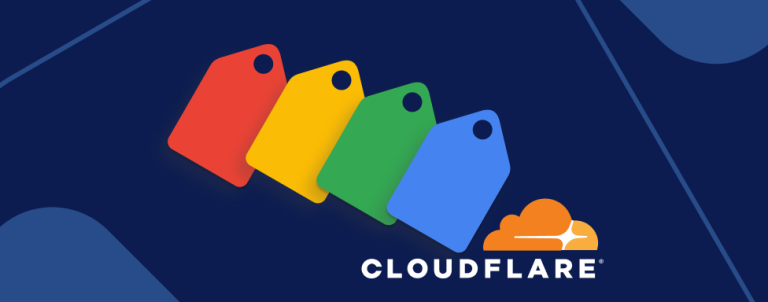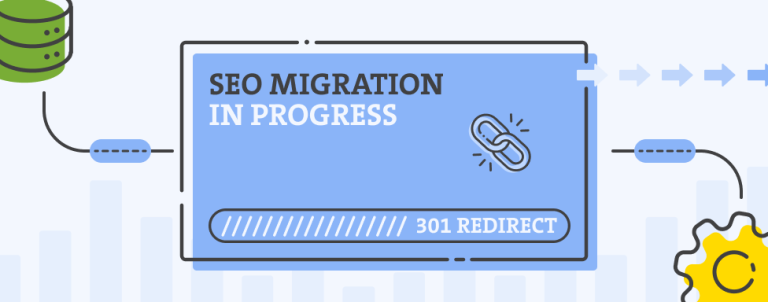AIDA stands for Attention, Interest, Desire and Action. It’s the oldest trick in the sales book, but rarely thought about when it comes to eCommerce. The idea is that a sales person should follow these four steps when pitching a product to the potential buyer. In the world of eCommerce, you don’t have your sales person, so this process is (should) be done by your online store.
Attention
Using search engines, in most cases visitors will land on product or category pages. We will concentrate on your product pages within the AIDA process. Once the visitor lands on your product page, you have merely a few seconds to grab his attention. In these few seconds, this visitor will decide weather this is what he was looking for or he’ll move along. We are talking about attention, the first part of AIDA process. In the real world, you’d be trying to catch the attention of the buyer in this step, but online, you already have his attention. All you need to do is make sure you don’t lose it.
You’ll lose the attention you’ve been given in case your product page is to crowded and doesn’t give the impression of what it’s really about from the first look. Too many distracting items can cause your visitor to think he didn’t find what he was looking for, even though he was on the right product page. You can spot this behavior if you are using Google Analytics. Try finding people that landed on the right product page that perfectly fits the keyword they entered into search engine, but right after they landed they used your internal site search to try to find the product they were looking at. In case there are none of these in your Analytics, your product pages might be built pretty good from the attention retention point of view.
Interest
In the real world, you would try to make the buyer show some interest in your product. Luckily for you, visitors that came from search engines searching for your product already showed the interest, now you need to show them why they should act. You need to make them desire the product.
Desire
The visitor landed on the product page and you managed not to lose his attention. Awesome! In this step, you need to make him desire the product. You can do this in several ways, but what really works well is good product representation – readable, scan-able product description, high quality multiple images from different angles and if possible, video showing the product. If the product can be shown “in action” that would also be a thing that encourages desire.
Look at the product page and information you provide there from the visitor’s perspective. Ask yourself if you could envision this product’s size and feel if you’ve never seen / felt it in the real life. If you can’t, work on the description, images, and video.
Action
Visitor landed, you have his full attention, you made him desire the product. Now it’s time to make him take the one last step, to click the button. I cannot stress enough how important it is to have a clear call to action. Your “Buy now” or “Add to cart” button has to be the most easily found element on your product page. It has to be big, in different color than surrounding elements and on a logical spot. Bring in a person that never saw your website and show him the product page. Tell him to add the item to the cart. If he can do it without reading anything or looking around the site for more than few secunds, thats a good button. If not, you should improve it.
Some elements can distract the visitor from completing the last step of the AIDA process. Those can be different banners, or some other buttons that compete with your “Buy now” or “Add to cart” button’s attention. I know you want multiple things from your visitor and several call to actions are likely to be placed on modern online stores, but always ask your self, is it more important for you that visitor checks some other item on discount on your store, to follow you on Twitter / Facebook, to subscribe to your newsletter or to buy the item he is looking at at this point. All of these other calls to actions can be present on other pages – such as category page, CMS pages, checkout success page – but the product page should be as free of these distractions as possible.



